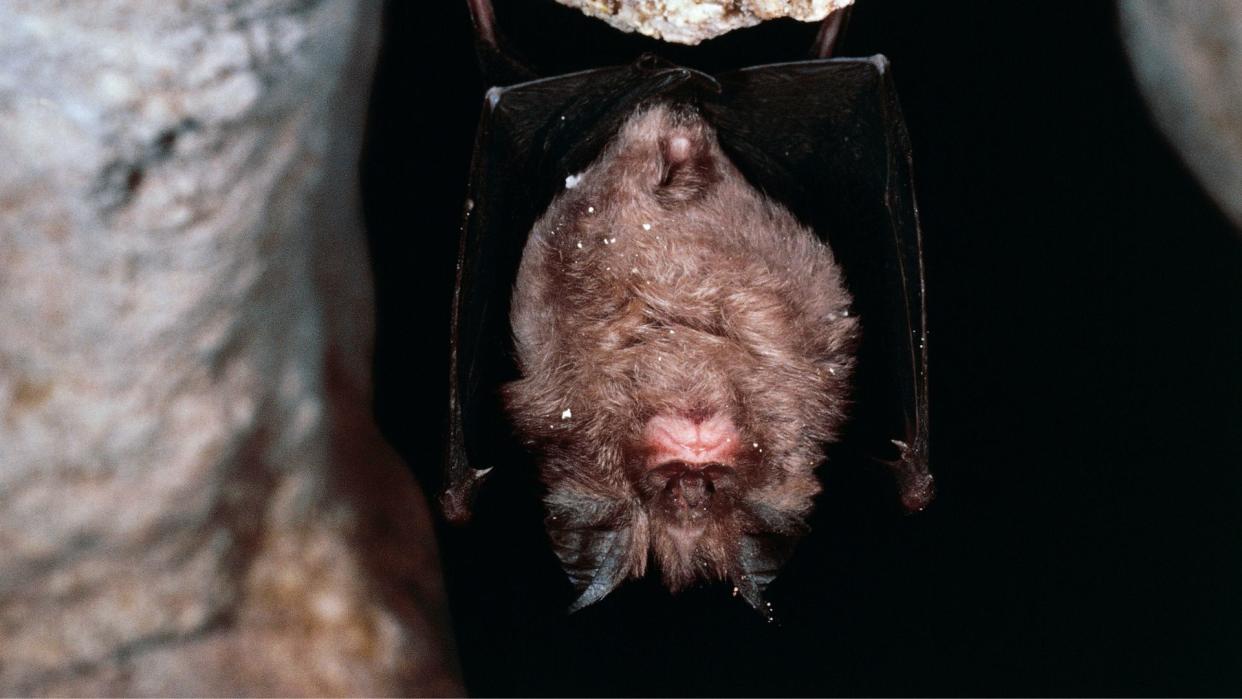In a 1st, scientists grow stem cells that could show how bats harbor lethal viruses without dying

For the first time, scientists generated stem cells from bats that can give rise to any type of cell found in the animals' fuzzy bodies. These cells, the researchers say, may help explain how bats can carry so many viruses that are lethal to humans but cause the flying mammals no harm.
The researchers began developing methods to grow the cells in Spring 2020, as the COVID-19 pandemic picked up steam, Science magazine reported. By then, bats were suspected to be the original source of the novel coronavirus, SARS-CoV-2. In addition, bats were already known to harbor related coronaviruses that can trigger fatal disease in people, including SARS-CoV and MERS-CoV, as well as other deadly viruses, such as the Marburg and henipaviruses.
It's difficult to sample bat tissues to study in the lab, so the scientists built a cellular model that could be used to grow any tissue type they wanted. First, they acquired cells from adult wild greater horseshoe bats (Rhinolophus ferrumequinum) and greater mouse-eared bats (Myotis myotis) and then exposed these cells to a chemical treatment that pushed them into a stem cell-like state.
The team then closely analyzed the genetic makeup of the stem cells, as well as the proteins those cells built.
Related: These viruses are the most likely to trigger the next pandemic, according to scientists
"The most extraordinary finding was the presence of large virus-filled vesicles" — or small pouches that hold substances in a cell — "in bat stem cells representing major viral families, including coronaviruses, without compromising the cells' ability to proliferate and grow," Adolfo García-Sastre, study coauthor and director of the Global Health and Emerging Pathogens Institute at Icahn Mount Sinai in New York city said in a statement. "This could suggest a new paradigm for virus tolerance as well as a symbiotic relationship between bats and viruses," he said.
RELATED STORIES
—11 (sometimes) deadly diseases that hopped across species
—Ancestors of coronavirus have been hiding out in bats for decades, ready to infect humans
—Viruses found in Laos bats are closest known relatives to SARS-CoV-2
Some of these viruses appeared active, and the pathogens still seemed able to co-opt the stem cells to churn out their viral proteins. It's possible these replicating viruses may benefit bats by somehow bolstering their immune systems against other viruses, study coauthor Dr. Thomas Zwaka, a professor of cell, developmental and regenerative biology at Icahn Mount Sinai, told Science.
However, other experts told Science that this idea remains very speculative. Nonetheless, the newly generated bat stem cells are very exciting in that they offer scientists new opportunities to study basic bat biology and the animals' odd relationship with viruses.
The team described the new stem cells in a study published Feb. 21 in the journal Cell.

